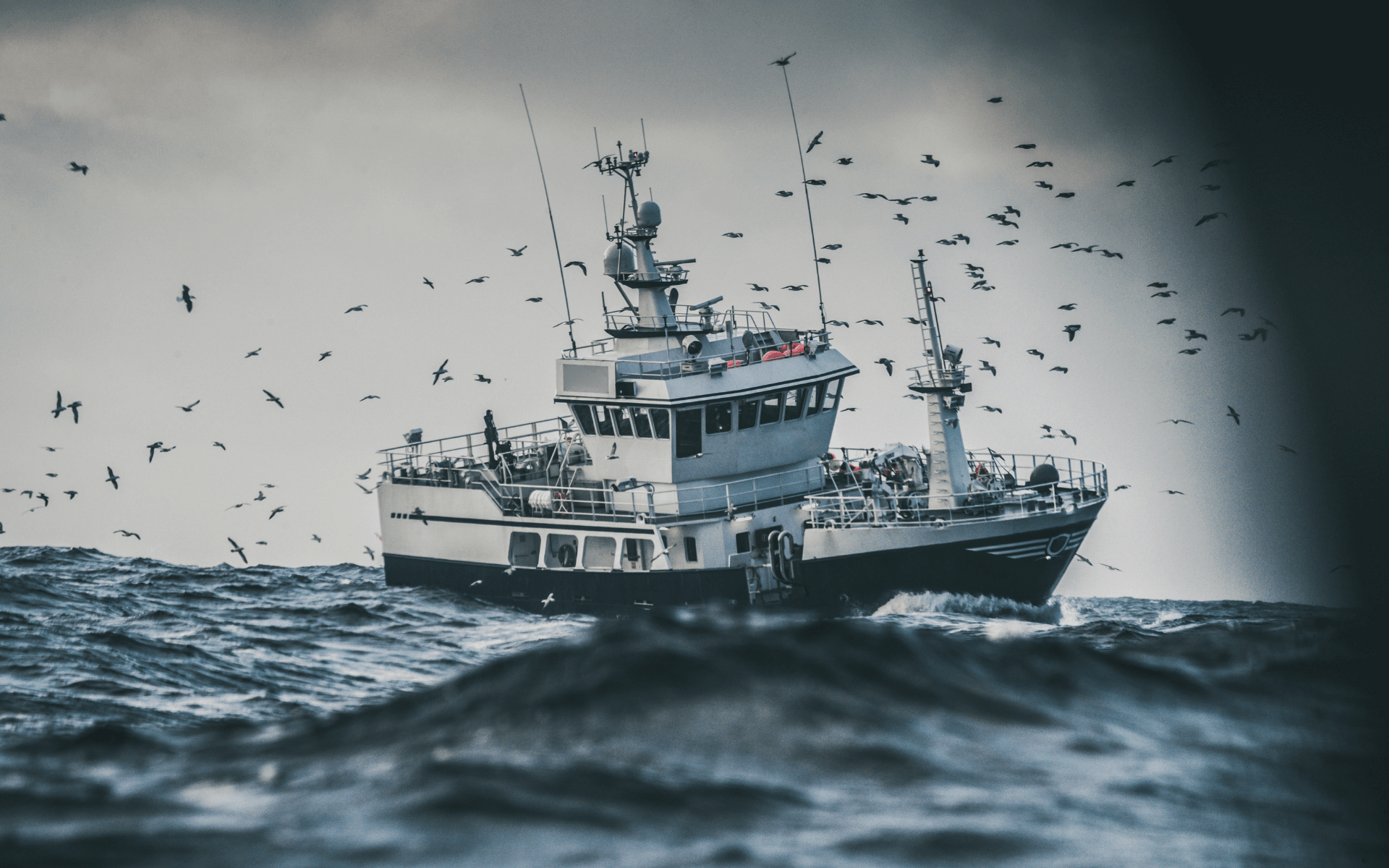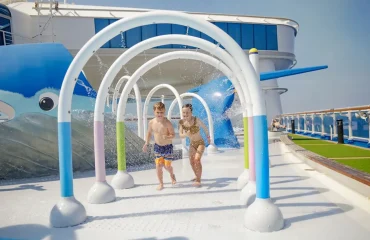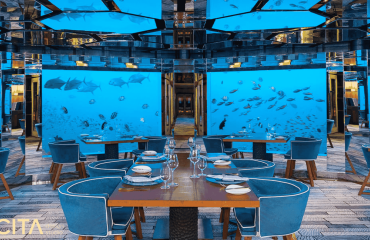A fishing vessel is a specialized marine vessel designed for commercial fishing, focusing on catching, storing, and transporting fish back to shore. Early fishing boats were small and simple, built primarily from wood for lightness and flexibility. Over time, advancements in technology and the growing demand in the fishing industry led to the development of larger, more robust, and efficient fishing boats that can withstand the challenges of open sea fishing.
Traditional Fishing Boats
Early fishing boats were mostly designed for coastal fishing, with wood being the primary material due to its accessibility and durability. These boats, limited in capacity and technology, were well-suited for short fishing trips close to shore.
Modern Fishing Vessels
Today’s fishing vessels are constructed from durable metals like steel or aluminum and are equipped with advanced technology. GPS systems, sonar, powerful radars, and fish finders have become essential for efficient and safe operations, allowing fishers to locate schools of fish quickly and accurately.
Innovative Designs
To enhance energy efficiency and operational safety, modern fishing vessels often incorporate hybrid engines, eco-friendly fuels, and streamlined hull designs. These vessels also feature stabilizing hulls that provide balance against wave movements, ensuring safe and comfortable operations even in rough waters. For more information and inspiring vessel designs, visit the Design Cita website.
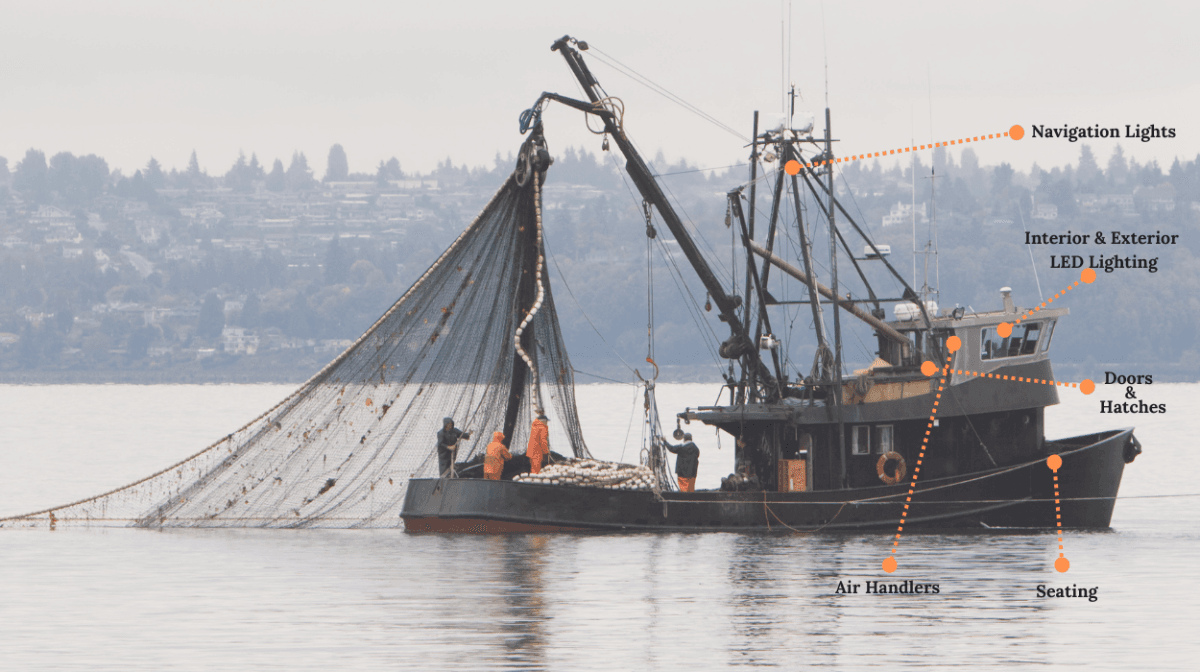
This image illustrates key elements that influence the design of modern fishing vessels. Interior and exterior LED lighting, along with navigation lights, enhance safety and functionality, while solar shades and seating areas prioritize crew comfort. Doors and hatches provide accessibility for equipment and crew movement, and battery chargers and monitors are strategically placed for efficient space use. Air handlers ensure proper ventilation, supporting crew wellbeing on long journeys. All of these features are carefully considered to create a functional, safe, and comfortable fishing vessel design.
Key Areas of Fishing Vessel Construction
Durable Materials
Modern fishing vessels are built from robust materials, such as reinforced fiberglass, steel, and aluminum, to withstand the harsh marine environment. These materials also contribute to fuel efficiency by reducing the vessel’s overall weight, helping minimize operational costs.
Efficient Storage Solutions
Fishing vessels require ample storage space to preserve the freshness of the catch until it reaches shore. Advanced refrigeration systems are essential for this purpose, as they keep the fish in optimal condition throughout the voyage. Additionally, processing areas onboard allow for initial handling and packaging of the fish, increasing the vessel’s productivity and capacity.
Eco-Friendly Considerations
Sustainable fishing practices are now a priority in vessel design, especially given the need to prevent overfishing and protect marine ecosystems. Many fishing vessels are designed with a limited catch capacity and equipment that avoids harm to specific marine species, promoting long-term sustainability in the fishing industry.
Design Ideas for Modern Fishing Vessels:
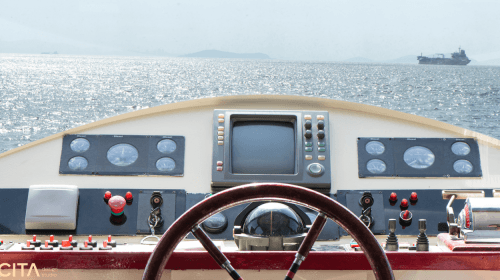
High-Visibility Control Rooms: Located at the vessel’s front, these control rooms offer a panoramic view, allowing the crew to monitor sea conditions and detect fish schools effectively.
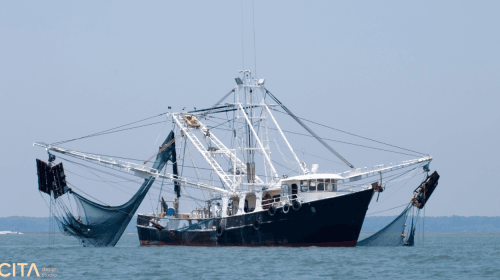
Energy-Efficient Hull Designs: Streamlined hulls help the vessel move smoothly through water, conserving fuel and enhancing speed, making for more efficient journeys.
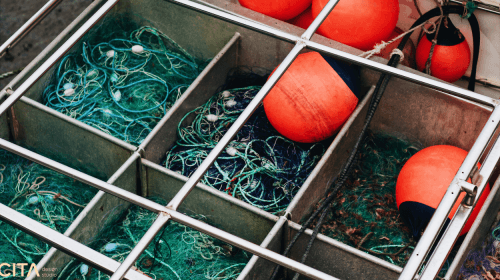
Modular Storage Spaces: Equipped with modular storage compartments, vessels can accommodate varying amounts of fish, facilitating organization and access, especially during lengthy fishing expeditions.
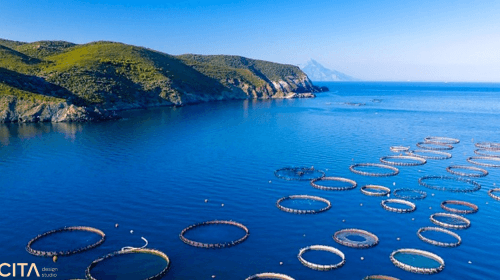
Eco-Friendly Fishing Gear: To support sustainable fishing, vessels are increasingly equipped with nets and lines that reduce bycatch and environmental impact, aligning with modern eco-conscious fishing practices.
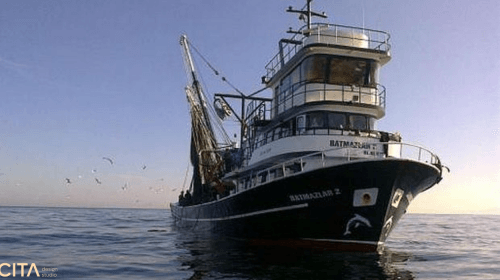
Multi-Level Decks for Efficiency: Dual decks offer spacious work areas and efficient organization, allowing fishers to manage large catches without congestion.
For more insights into innovative fishing vessel design, visit Design Cita.

